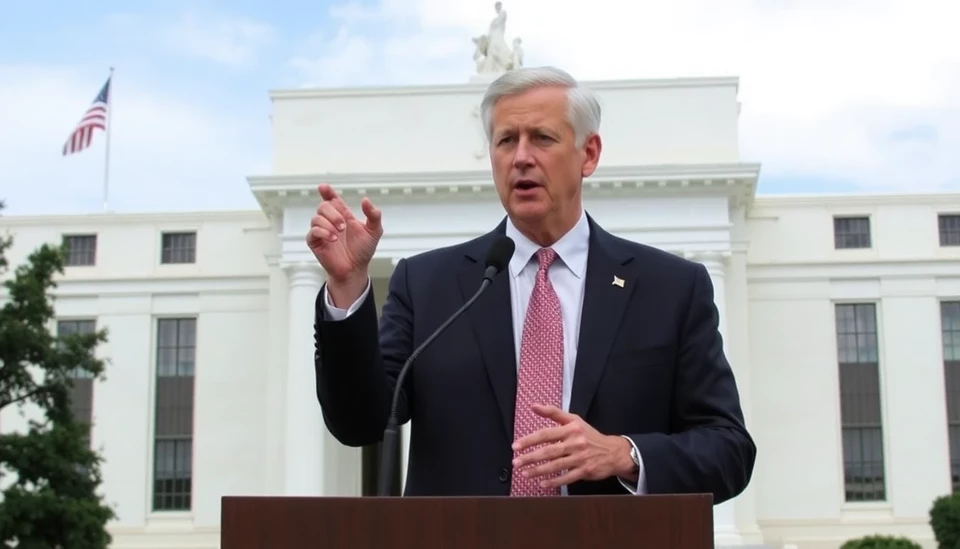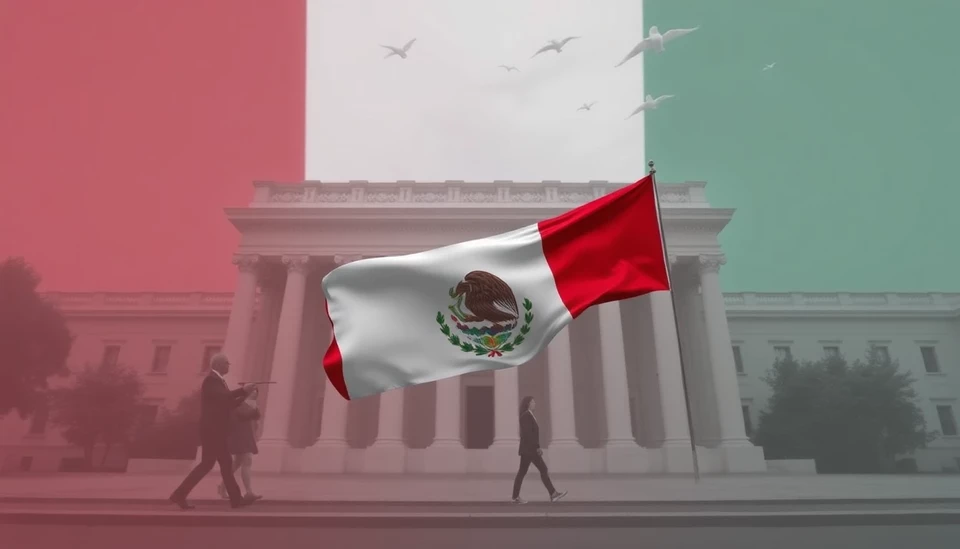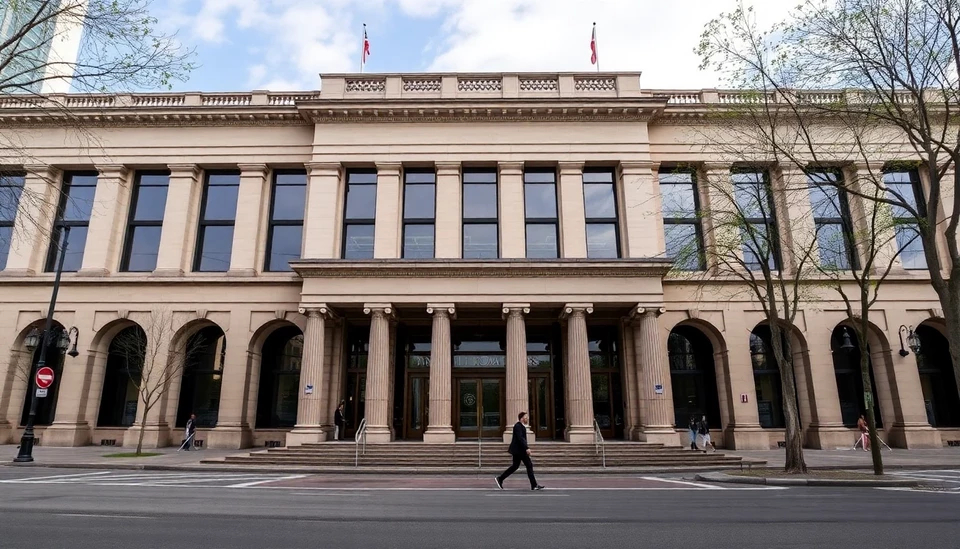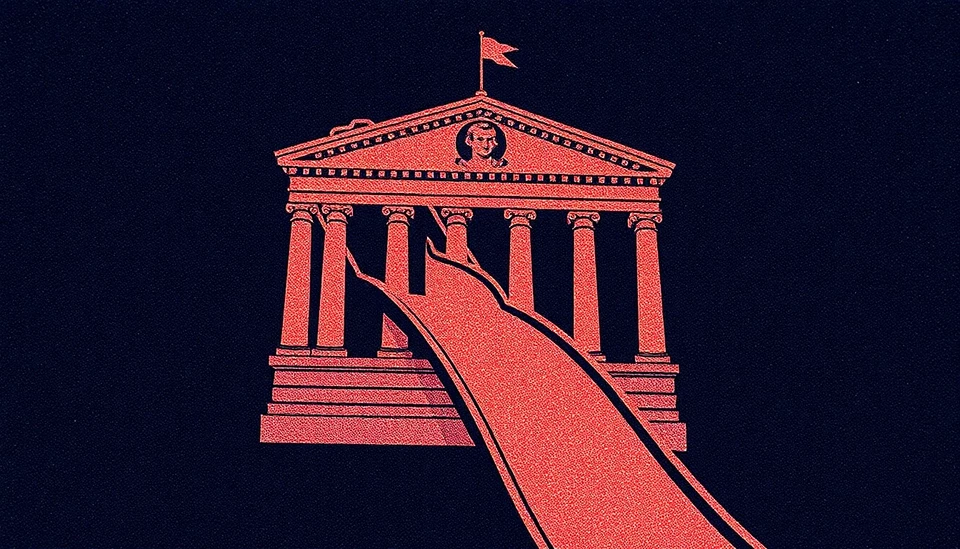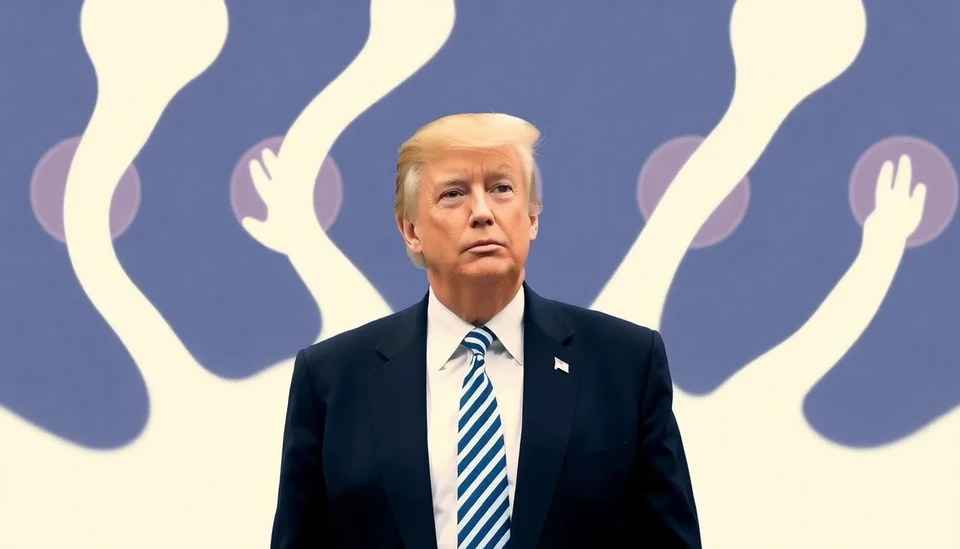
Concerns are growing over the possibility of rising inflation in the United States, particularly in light of former President Donald Trump's potential return to office. A key factor in this apprehension is the likelihood of a reinstatement of tariffs on Chinese goods, which had significant economic implications during his administration.
Economists and market analysts warn that if Trump were to win the 2024 presidential election, it could lead to a resurgence of the tariff strategies initially set in place during his term. These tariffs were aimed at protecting American industries and reducing the trade deficit, but they also contributed to an uptick in consumer prices, sparking widespread inflationary pressures across various sectors of the economy.
The concept of inflation being "transitory"—a term frequently used by the U.S. Federal Reserve in its discussions—may be put to the test again. While officials have recently asserted that inflation is moderating and the economy is stabilizing, fear persists that the impact of tariffs could derail these optimistic projections. The reintroduction of tariffs may exacerbate supply chain disruptions, increase production costs for manufacturers, and ultimately lead to higher prices for consumers.
Key economic indicators, such as the Consumer Price Index (CPI), are closely monitored to assess overall price levels in the economy. Recent reports have suggested a stabilization; however, potential legislative changes and geopolitical tensions could shake this newfound stability. The impact of trade policies on economic performance cannot be underestimated, especially in a globalized economy where supply chains stretch across countries and continents.
In the wake of the 2018 tariff escalations, various sectors—including agriculture, steel, and consumer goods—experienced volatile price fluctuations. Farmers faced higher tariffs on exports, while consumers saw prices on everyday items rise. The Federal Reserve is tasked with managing these dynamics while trying to maintain economic growth amid uncertainties.
Market watchers are also keeping a keen eye on the Federal Reserve's monetary policy decisions. The central bank has indicated a willingness to adjust interest rates to counter inflation, but the interaction between fiscal policy, trade barriers, and inflation is complex and can yield unforeseen consequences.
As the 2024 presidential election nears, the debate on tariffs is likely to become a focal point of campaigning, with candidates presenting their visions on how best to manage trade relations and economic recovery. Should Trump secure the nomination, he is expected to advocate for a strong stance on trade, potentially reigniting the tariff policies that many believed had been put to rest.
In conclusion, the specter of rising inflation looms large as economic pundits measure the impact of potential policy reversals. As Trump’s bid for re-election unfolds, voters and economists alike will be scrutinizing the implications of his trade strategies on the broader economic landscape, weighing whether the focus should remain on fostering free trade or reverting to protective measures that may lead to inflationary consequences.
With uncertainty thickening in the air, the economic outlook will depend significantly on political choices over the coming year.
#Inflation #Trump2024 #Tariffs #Economy #TradePolicy #ConsumerPrices #FederalReserve
Author: Laura Mitchell
